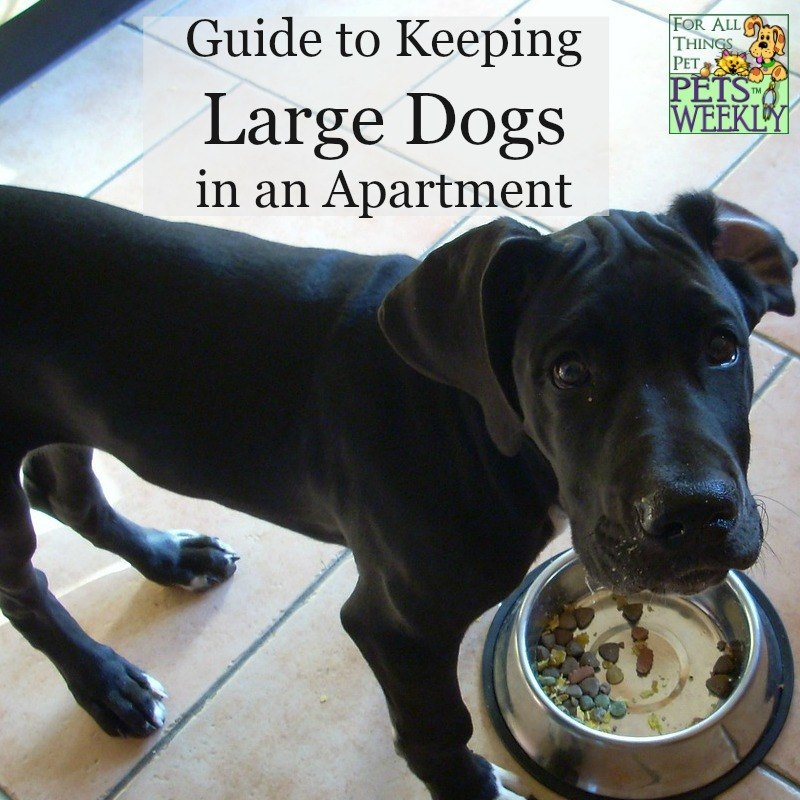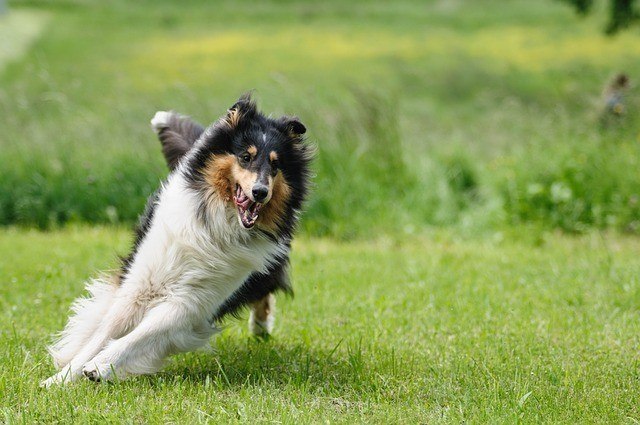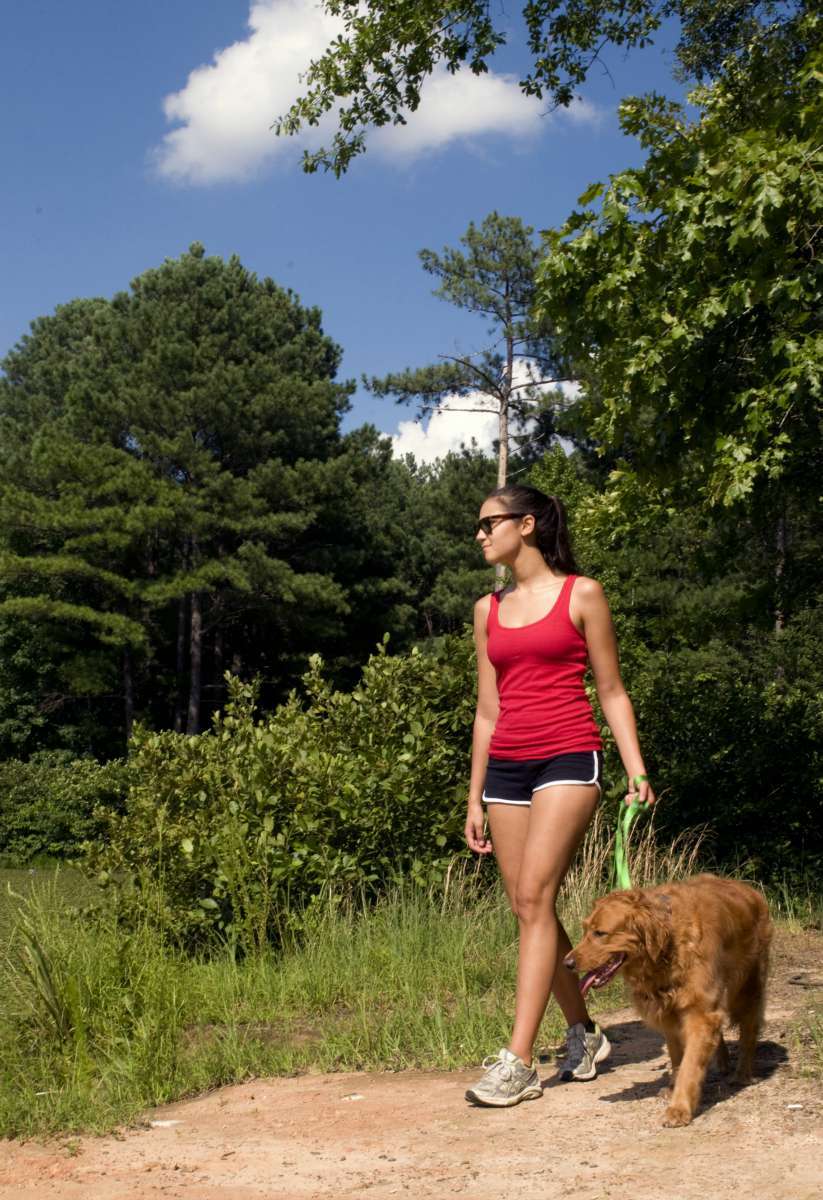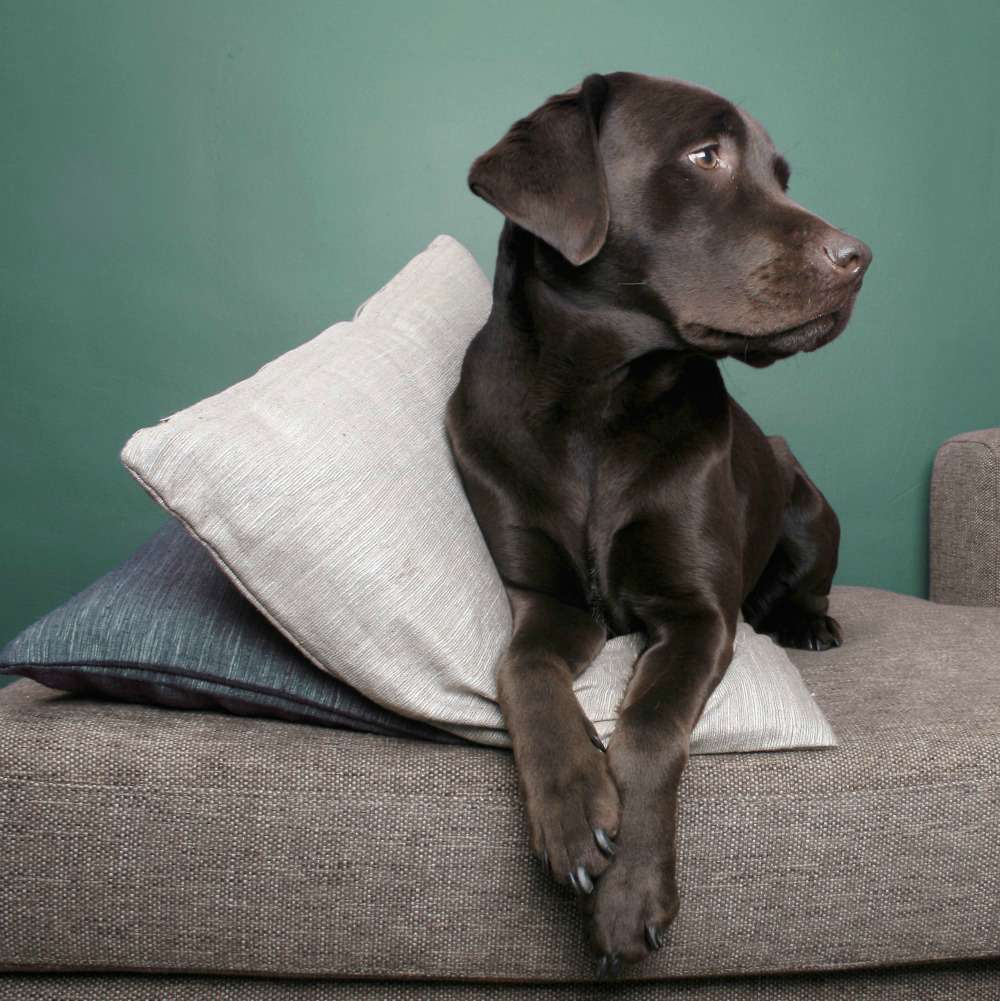Large Dogs in Apartments
Share

When I asked Steve Dale, USA Today columnist and certified animal behavior consultant, to explain his feelings about keeping larger dogs in apartments he was quick to reply, “Larger dogs generally require less exercise than smaller dogs, so there shouldn’t be a problem at all if you’re walking them regularly and providing plenty of enriching activities.”
He went on to make some great points. “An apartment dog might sleep all day waiting for his owner to get home, but then he gets to go for a long walk, sniff a million different smells that he hasn’t sniffed before, meet some friends he hasn’t seen for several hours, and hear new sounds that go with the daily grind of life in the city. When he returns, he’s probably been exposed to a hundred new smells and sounds and people that he’s never known before.”
It’s All About Enrichment
“It’s all about enrichment,” said Steve. “Apartment dwelling dog-owners generally tend to spend more time with their pets; the dogs are generally better socialized, happier and more inclined to be better behaved.”
Whether it’s scheduled playtime with friends, an afternoon walk with a pet-sitter, doggy day camp, or just sleeping at home with a few favorite toys until you come home, apartment living can be as fulfilling as living in a home with a large yard.
[load_module id=”210″]Tips to Make Your Dog Feel at Home in an Apartment
Urbanites are on the rise and they aren’t leaving their pets behind. This mean providing interactive toys and occasional daycare, or perhaps arranging a pet-sitter to walk and play with their dogs if they are working late or find their dogs requiring more exercise than they initially thought.
Companies are beginning to understand the importance of pets to their employees and many offer the ability to bring your pet into work on certain days.
[load_module id=”582″]Socialize Your Pet
Socialization is important or dogs may be easily shaken by the sound of the elevator door, the sight of new people and smell of other dogs in common areas. Establishing a routine can help dogs to adjust to new situations.

Be Neighborly
If you have a dog, you will quickly meet other dog owners in your building and can create a community that goes on walks and trips to the park, creating a close-knit group of dogs and owners who are well-socialized and friendly. Trusted neighbors can also help keep an eye on your canine if you’re gone for an extended period of time.

Teach Your Dog New Tricks
To keep your dog stimulated, hide treats around the house when you’re out of the house, or rotate toys every few days. Leave different scents on familiar objects in your home – spray lavender on a toy or wipe a clean rag on your neighbor’s dog or cat and leave it out for your canine to discover. For chow-hounds, consider a scavenger hunt of kibble to keep your dog occupied.
[load_module id=”584″]Find A Pooch-Perfect Home
Many people believe that small dogs make better apartment companions, but large dogs are less likely to yap at neighbors, are less active indoors and can provide greater security. Exercise with any dog is important, so look for an apartment near a park or walking path and away from busy streets. Still, on leash walks might be as stimulating as a run in the park; this way the dog gets the 4-1-1 on all other dogs, squirrels and stray cats in the neighborhood; and it’s healthy for you and your dog.
Remember that pet-friendly homes are key to survival. If you think you have a chance at hiding your dog from a landlord, think again. It’s more than a bad idea – it’s unsafe. What if there were a fire when you were away? Would anyone know to save your dog?
There are some unusual places you can find a pet-friendly rental ; and if you are thinking of buying, here are some tips for buying a pet-friendly home.












